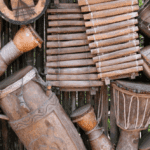Cancel culture is everywhere. It seems like every day, someone is being called out for something they’ve said or done. But in a world obsessed with perceived slights, it’s surprising what still flies under the radar. These are the things that, despite the growing awareness, haven’t been truly canceled.
Here are ten items that, hopefully, will wake up the woke to focus on something more important than playing purity police online.
Polar Bear Killings

Polar bears already have enough challenges with the Arctic sea ice diminishing due to climate change. Less than 25,000 remain in the wild. Yet, trophy hunters continue to kill them. It’s legal in Canada to hunt polar bears, turning a blind eye to their endangered status. Killing one makes you a “RICH sick asshole,” as their skins can fetch tens of thousands of dollars.
Nearly 9,000 polar bears were killed by hunters in the Arctic between 2007 and 2016. More than 50,000 polar bears have been killed since 1960 – twice as many as today’s remaining population.
Seal Beatings
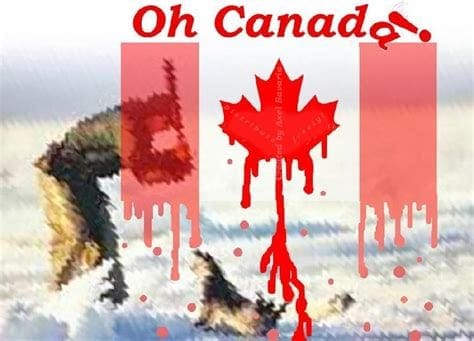
Canada’s annual commercial seal hunt is the largest slaughter of marine mammals on the planet. The primary target is the harp seal. Shockingly, about 97% of those slaughtered are pups less than three months old. The hunters use wooden clubs, hakapiks (large ice-pick-like clubs), and guns.
This happens on ice floes off Canada’s East Coast: the Gulf of St. Lawrence, west of Newfoundland and east of the Magdalen Islands; and an area called the “Front,” northeast of Newfoundland. Local fishermen do this to supplement their income, selling fur and oils. More than ONE MILLION seals have been clubbed, stabbed, and shot to death in the last FIVE YEARS.
Sea Turtle Eyeglass Frames
Maison Bonnet, a France-based manufacturer, makes eyeglass frames from sea turtle shells. They even namedrop famous customers, including French Presidents Francois Mitterrand and Jacques Chirac. This practice has spurred poaching, with traffickers capturing and shipping thousands of sea turtles from Florida to Asia, where some can fetch up to $10,000.
The trade has led to the deaths of millions of turtles to make such things as combs, eyeglass frames, guitar picks, ornaments, and cheap jewelry.
Ivory Products
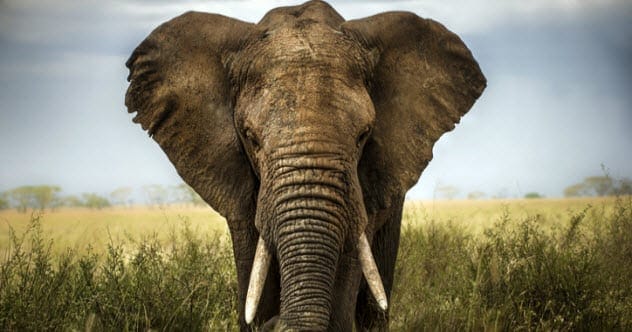
Japan is among the biggest drivers of the illegal ivory trade. They use ivory to make hankos (small stamps used in lieu of signatures). The best hanko ivory comes from the center of the tusk, where the bone is firm and flawless. Old ivory is legal, meaning it was “harvested” before poaching was banned in 1989. It is difficult to verify when and how tusks were acquired, allowing illegal ivory to enter Japan’s legal marketplace.
Animal Products in Perfume

Animal parts are still widely used as ingredients in perfumes. Civet (a catlike animal) perineal glands produce a paste that smells floral when diluted. Civets are “farmed and harvested” (born imprisoned and slaughtered en masse) at facilities in Ethiopia. Castoreum comes from the castor sacs of beavers, who use it to mark territory. The hyrax, an African species, produces hyraceum from petrified urine and feces.
These materials were once used in huge doses in fragrances such as Miss Dior and No 5 and they continue to be used to this day in many perfumes across the industry.
Bone China
Bone china is a type of porcelain made from a significant amount of animal bone ash (at least 30%). It makes for a strong ceramic with chip resistance and translucence. The bone comes from cows, though pig bone also may be used. Proponents say it uses the bones of animals already set to be slaughtered for meat. Critics say it’s an unnecessary animal-derived item.
Industrial Cattle Production
The American livestock stream is awash in antibiotics, used to keep cows and pigs in unhygienic, tightly-packed factory farms “healthy.” 13.6 million kilograms of antibiotics are used for US livestock each year, nearly four times the amount distributed for direct human consumption. Animal agriculture is responsible for an estimated 18% of global climate change. Each day, cows alone produce 150 billion gallons of methane.
Industrial Poultry Production
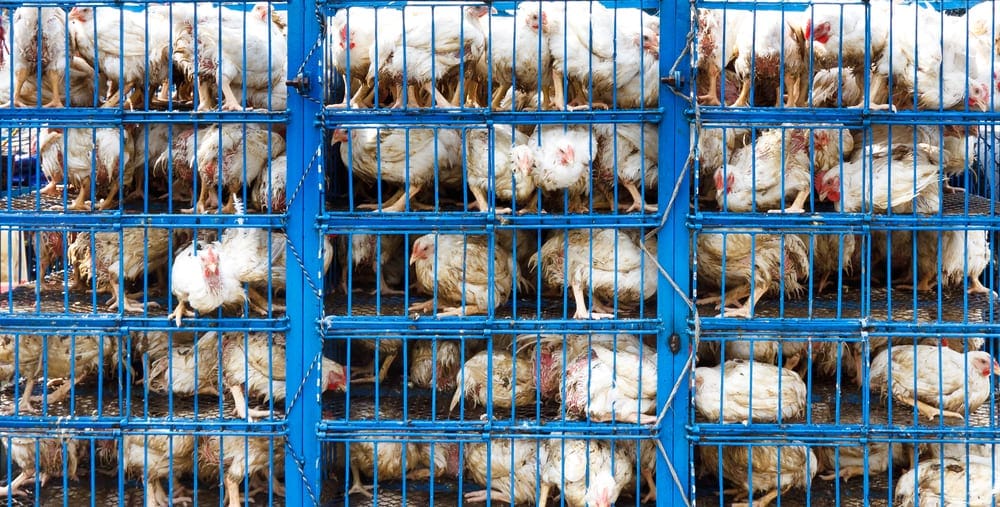
The United States produces more than 44 billion pounds of chicken each year. US chickens are typically raised in crowded coops covered in droppings and devoid of sunlight. The birds are aggressively force-fed. Over their two-month lifespan, chickens grow so rapidly that their joints, legs, hearts, and lungs are compromised. After slaughter, US factory chickens are rinsed in chlorine. Many countries ban the import of US poultry for this reason.
Fur Farms
Fur farms raise foxes and minks in cramped, cruel conditions for maximum fur production. Estimates vary, but all available figures would place the number of foxes and minks slaughtered on fur farms in the tens of millions annually.
“By the end of his life, the arctic fox, just 1 year old, has grown so large he barely fits in the bare wire cage on a farm in Asia. Overbred to produce a big pelt, he suffers from an eye condition made worse by obesity: His lashes grow inward and scratch constantly against his cornea.”
Puppy Mills
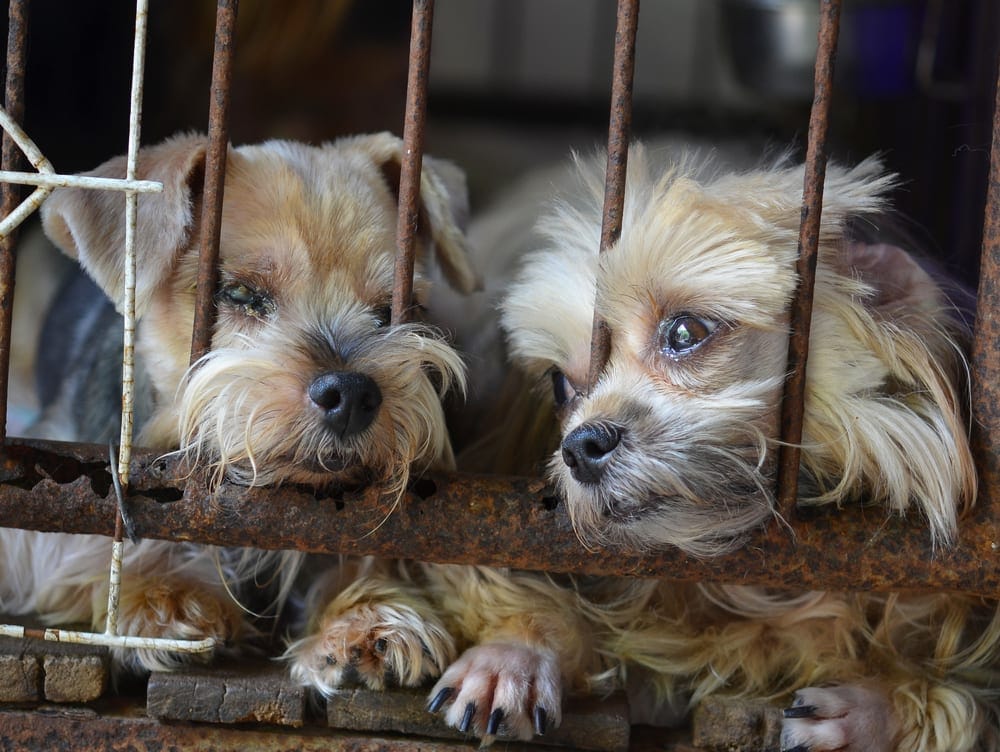
A puppy mill is a commercial dog breeding facility in which the health of dogs is disregarded to maintain a low overhead and maximize profits. There are an estimated 10,000 puppy mills in the US alone. While there are laws regulating facilities that sell to pet stores and through certain online forums, nothing can be done about black market operations that sell directly to consumers.
The only way to eliminate puppy mills is for people to stop being so choosy about breeds and simply give a needy dog the home it deserves.
In a world where a single tweet can ruin a career, it’s astonishing how many cruel and unsustainable practices continue unchecked. From the slaughter of endangered animals to the inhumane treatment of livestock, these issues demand our attention. It’s time to broaden the scope of cancel culture and focus on what truly matters: creating a more ethical and sustainable world.
Leave a comment below with your thoughts on these surprisingly un-canceled things!









